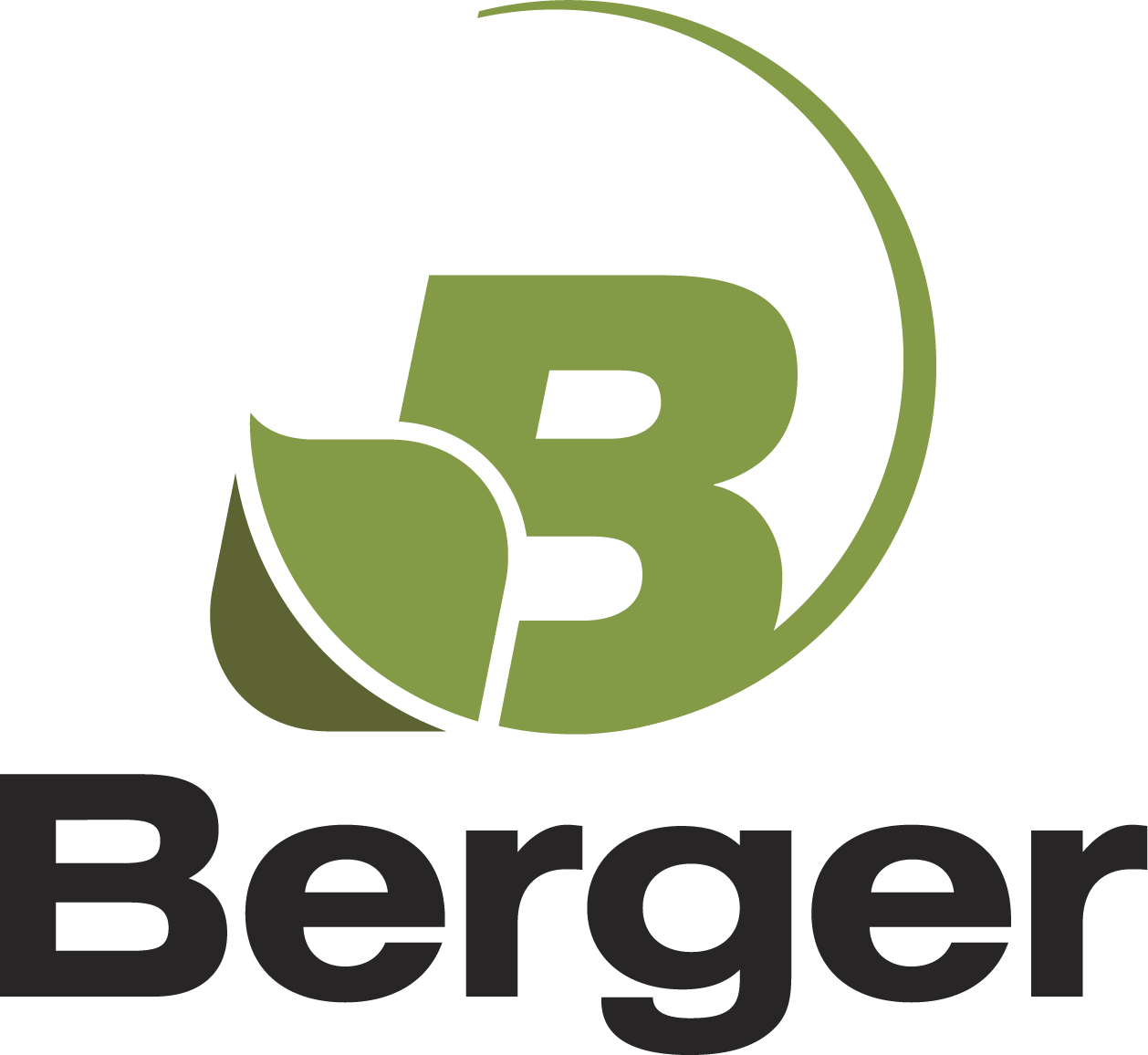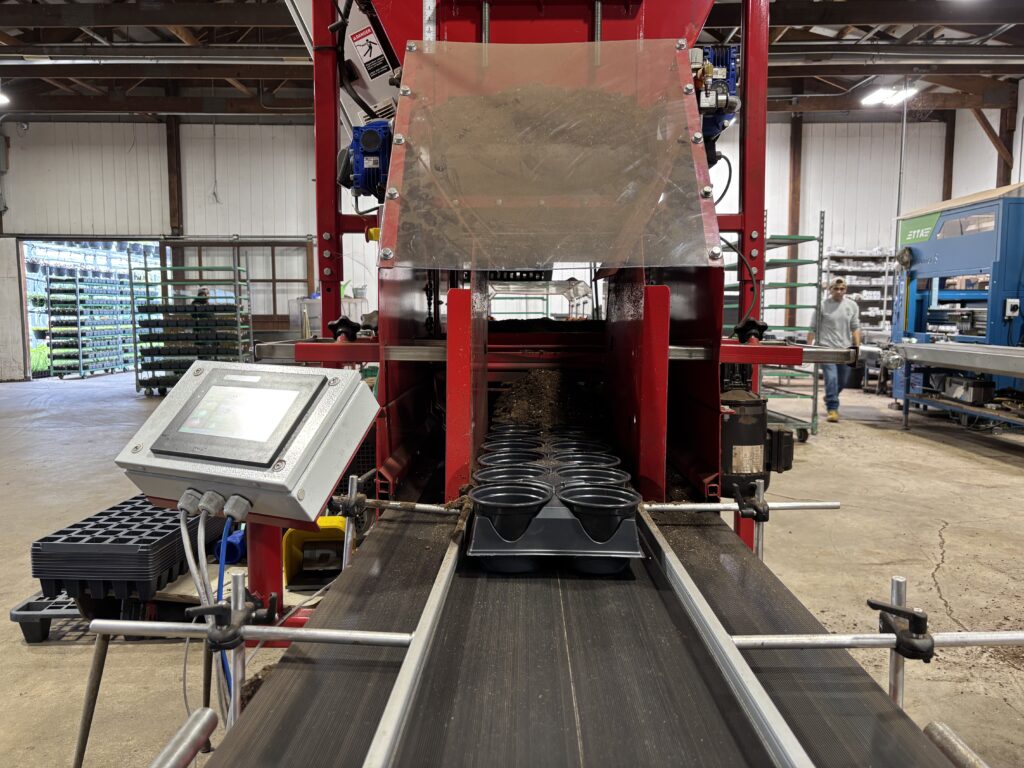Frequently Asked Questions Guide on Wood Fiber
by Brian Cantin, Senior Grower Advisor
Question no1
How does Wood Fiber change my growing practices?
In all the trials, there has been a minimal change made to growing practices. However, regardless of which new mix is being trialed, there are always precautionary measures to take and recommendations to follow.
Question no2
Will a grower need to adjust his water management?
In regards to water applied, the BM4 NF Wood tends to have increased water retention compared to classic peat perlite mixes and early watering practices should be based on this ability to hold slightly more water. In retrospect, it has always been a recommendation that early watering practices for all mixes abide by the same precautions. Certain growers have found that the dry-down cycles are more predictable.
Question no3
Why isn’t there perlite in the mix?
The interfacing and nesting of the NF Wood amongst the sphagnum peat moss creates large cavities (macro pores) that allows for excess water to drain after irrigation. In essence, the wood fiber acts as an aggregate and is an adequate alternative to perlite. It is always important to remember that the main component in most growing media recipes is peat, therefore the quality and consistency of the peat used to manufacture the substrate remains fundamental. In the BM4 NF Wood products, the physical characteristics of both the peat and the NF Wood are designed to obtain optimal porosity to enhance and help develop a healthy root system.
Question no4
Will the wood rob nutrients or tie up nitrogen in the media similar to some bark mixes?
Wood fiber is not completely inert. However, internal research has found that there is negligible drawdown of nitrogen in mixes where the percentage of NF Wood is less than 30% by volume. Greenhouse trials done by growers have confirmed this observation and we have seen no evidence to indicate any immobilization of nitrogen with our BM4 NF Wood products. None of these trials have required feed practices out of the norm.
Question no5
Will this mix help the shelf life of finished crops?
The increased water retention provides crops with a greater water reserve. Several of the growers trialing the mix did indicate that the dry down period with the BM4 NF Wood was more predictable and the overall frequency of irrigations was reduced. Moreover, a good reserve of nutrients can be established thanks to the high cation exchange capacity (CEC) of both peat moss and NF Wood, providing a well-managed nutrient program should prepare the finished product for post-harvest shelf life.
Question no6
What types of crops should I use NF Wood for?
As with any soilless mix, discretion has to be used when choosing a mix. The one issue that always stood at the forefront of success has been a good understanding of water management. Consult your sales representative if you are wary about using this product for a particular crop. With access to Berger’s Technical Services and a team of grower advisors, they can provide the appropriate support.
Question no7
Is the NF Wood product hydrophilic or hydrophobic?
With its low surface tension, this product is hydrophilic. In other words, it has an affinity for water which significantly improves water distribution and the wettability of the substrate.
Question no8
Does using NF Wood help our environment?
Since it is a natural by-product of the wood industry, it is sustainable and renewable. It utilizes a greener production process when compared to other aggregates typically added to substrates. Moreover, although it is very stable thanks to its manufacturing process, NF Wood is completely biodegradable thanks to the fact that it is comprised of organic matter.
Question no9
What is the wood species and where is
it produced?
In-house trials of different wood species were done in order to select the ideal raw material to produce the NF Wood. The NF Wood is produced in North America with yellow pine sapwood residues of the lumber industry. Sapwood is the active, living portion of wood where the sap flows, which is partly why the wettability of this material is so good.
Question no10
Why doesn’t Berger use a colored wood fiber in their products?
Color is added purely for aesthetic purposes. This is typically achieved by adding bark dust during the manufacturing process of the wood fiber. The bark dust adheres to the wood fiber and give it a brown color. However, a large fraction of the bark dust doesn’t stick to the fibers, thus increasing the proportion of fine particles present in the mix. This additional dust can be detrimental to the physical characteristics of the substrate, which is why Berger opted not to color the wood fiber used in its products.
Question no11
Can you use it as a germinating mix?
The BM4 NF Wood product line wasn’t designed for seed germination and growers will have difficulties filling small cavity trays due to the overall coarseness of the mix. Please click here to find our extensive line of BM2 products and select the perfect propagation or seed germination mix for your needs.
Question no12
Why does it root faster?
The coarse peat particles interface and combine with the intertwining NF Wood product to produce optimal aeration and porosity to allow excess water to drain and make oxygen readily available to enhance root production. Moreover, preliminary research has demonstrated that roots have an affinity for the NF Wood and appear to use the strands as a path which allows a more rapid development.
Question no13
Will my crops grow faster in NF mix?
Physiologically, it takes energy for a young transplant or a young seedling to establish a root system. With a root system developing rapidly in BM4 NF Wood products, the plant can now shift its energy to producing vegetative growth.
Question no14
Can you be successful direct sticking into the final container using the NF Wood product?
Yes, this can be achieved. However, the degree of success will be highly dependent on water management, environmental control, and the quality of the cuttings that are used in the process. Of course, using calloused cuttings significantly increases your chances of success.
Question no15
How should I expand the mix?
The same way any other Berger mix should be expanded; by fluffing the material carefully without causing excessive damage to the particle size and by adjusting the water content to optimal levels for potting. This will allow you to get the full benefits from all of our growing media. This can be done mechanically for skyscrapers and 3.8 compressed cubic feet bales, or manually for 3.8 compressed cubic feet bales.
Question no16
How much water should I add while potting?
Ideally, you want to add enough water so that when you compress a handful of mix and reopen your hand, the ball of moistened material holds together. If it falls apart, you can add more water. However, very little water should be running out of the mix when you squeeze the material, only a couple of drops, if any. As a general rule of thumb, for most horticultural greenhouse growing media produced by Berger, you can add approximately ½ gallon of water per cubic foot of mix.
Question no17
Why does it expand more than traditional mixes and how does this benefit me?
Unlike perlite and other solid aggregates which cannot be compressed, NF Wood is very compressible and also extremely light weight. In fact, pure NF Wood can be compressed up to 10:1 without causing any damage to the fibers. Moreover, since it has such a low density, the weight of the bale won’t increase significantly even though there is more material in each bale compared to traditional substrates.
Question no18
Can I get this mix with a different initial pH, include a CRF or some beneficial microorganisms?
Our formulations are customizable in order to cater to your particular needs. All custom mix requests go through a methodical process of evaluation that takes many factors into consideration including the agronomical feasibility. If necessary, we will run some tests in our laboratories or trials in our greenhouse to make sure we deliver a substrate that meets your expectations.
Question no19
What are the advantages over other alternative components?
Compared with other natural aggregates such as rice hulls, coir or peanut shells, a growing media with wood fiber gives much more predictable results. You also avoid potential issues that have been associated with some of these alternate components; weed contaminations, allergic reactions, high salinity, attracts vermin…

